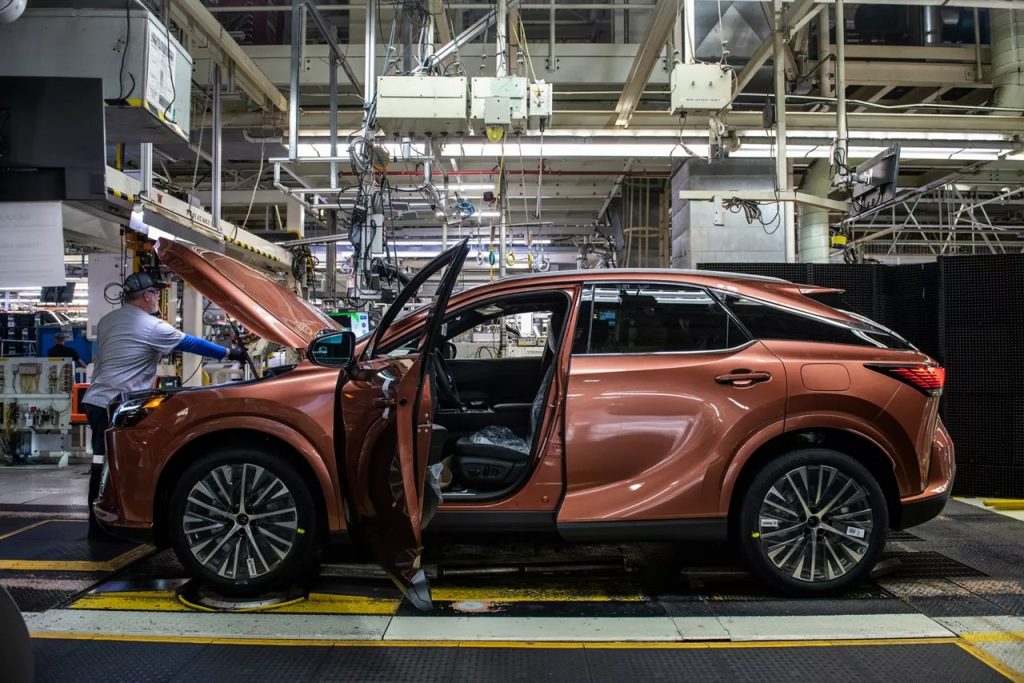Here’s where Canadians can find some shelter from the fallout; these vehicles are built outside the U.S.

I know you’re sick of reading about tariffs. Or paused tariffs. Or the continued threat of tariffs. Canadian consumers should study which vehicles are made here, but also which vehicles are coming from countries that aren’t threatening us with tariffs, possibly risking retaliatory tariffs. With the borderless industry we’ve created with Mexico and the U.S., components of our Canadian-made vehicles could be unable to dodge increased costs, nor could vehicles built in the U.S. It will all come out of your pocket, so let’s see if any sweet spots could provide a softer landing for Canadian consumers if a tangible, reasonable peace proves unattainable. Can’t believe I just had to type that sentence.
Which vehicles are made in Ontario, Canada?
First and most important, know which passenger vehicles are made here in Ontario: GM makes the Chevy Silverado in Ontario (Oshawa); Honda makes Civics and CR-Vs in Alliston; Toyota makes the RAV4 in Woodstock, and in Cambridge the RAV4 as well as the Lexus NX and RX. Stellantis makes the Chrysler Pacifica and Grand Caravan at its Windsor Assembly plant along with the Dodge Charger Daytona. At this point in time, nobody knows (or will go on the record with) the answer to the big question: will costs increase for Canadians on Canadian-assembled vehicles if components are hit with tariffs?
Which vehicles are being made outside of the U.S.?
For consumers looking for reasonably priced vehicles, good news will be coming from makers like Hyundai and Mazda. The Hyundai Santa Fe hybrid and the Tucson hybrid/PHEV are both imported from South Korea. While their gas counterparts and the Santa Cruz are currently coming from the U.S., you know discussions are going on in boardrooms across the industry. The Hyundai Palisade and the Elantra both come from South Korea.
…
There has been a lot of confused chatter regarding those Mexican-made vehicles: can Canada import from Mexico without encountering American tariffs (should they be applied at some later date)? The APA response: “There is a long history of allowing goods in transit to a third-party to transit tariff free. Usually it’s ‘bonded’ to ensure that an accounting will be made when it leaves the transit country to avoid incurring the tariff. That would permit rail transportation between Canada and Mexico.”
If the Trump administration goes forward with its proposed tariffs, George Iny at the APA muses about another outcome: something like the Ford Maverick, coming from Mexico would face the tariff in the U.S. “It will be a tougher sell in the U.S., so I predict that some of that supply could be diverted to Canada.” He goes on to note, “if Canada imposes a tariff against U.S.-sourced vehicles, it could make some models untenable in the market.” The chaos, as the kids say, is a feature, not a bug. But Canadians still have some flex, and could bring big pain to automakers in places like Kentucky.
Driving.ca’s recent addition of Stephen Beatty on the tariff beat is incredibly welcome. Like everything these days, information is shifting every few hours. This list, assembled with a huge assist from the Automobile Protection Association’s Ron Corbett, isn’t exhaustive, but it’s a good resource for consumers in the (oh-so-turbulent) market to have in hand. Remember: everything currently in inventory is free from tariffs. Be cautious of sellers with incomplete or erroneous information.
